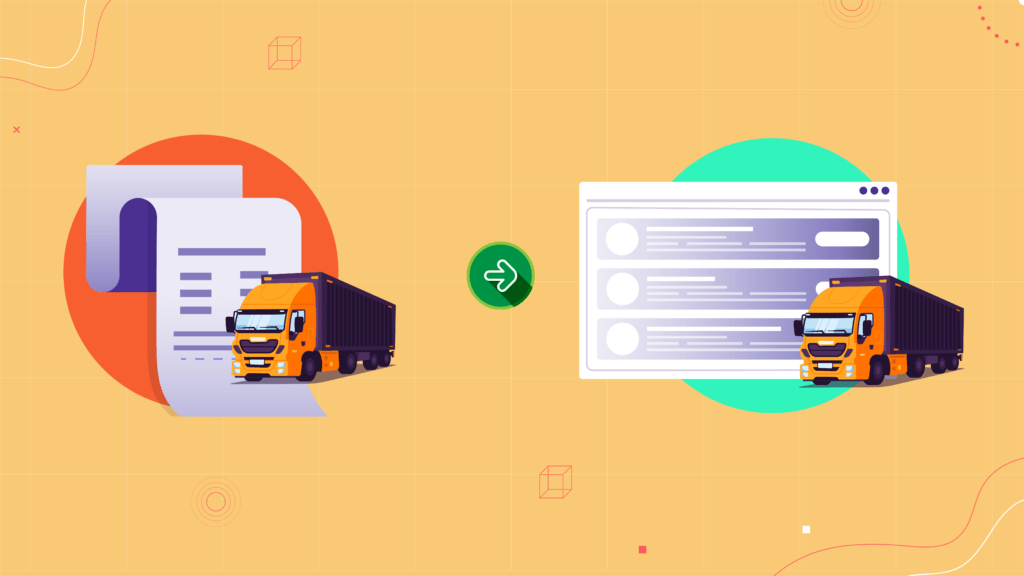E-Invoicing in the Digital Landscape
Today’s fast-paced business world has made the digital revolution a byword for productivity and advancement. E-invoicing is one of the cutting-edge tools that is revolutionizing the way that financial transactions are conducted. With the help of the Goods and Services Tax Network (GSTN), this electronic invoicing system serves as a smooth intermediary between Users and Checkers, introducing a standardized method for uploading invoices.1. Manual Processes and Disjointed Systems:
Businesses struggled with the difficulties of manual invoice generation and fragmented systems prior to the adoption of e-invoicing. Different software was used to create the invoices, which resulted in laborious manual uploads into the ERP or GSTR-1 return systems. This disjointed strategy raised the possibility of mistakes in addition to producing inefficiencies. Consignors and transporters also had to manually generate e-way bills and import invoice details in Excel or JSON formats, which was an arduous task.2. Streamlining Operations with E-Invoicing:
The digital answer to the difficulties of conventional invoicing procedures is e-invoicing. The technique is greatly improved, but the basic procedure for creating and uploading invoice details stays the same. Businesses can easily import data directly or via a GST Suvidha Provider (GSP) by using tools like Excel, JSON, or API integration. The foundation of this efficient method is e-invoicing since this integration guarantees a smooth information flow for e-way bill generation and GSTR-1 preparation.3. Simplifying Invoicing and Reducing Paperwork:
E-invoicing emerges as a productivity booster, streamlining the entire invoicing procedure and cutting down on paperwork dramatically. Through adherence to a standardized format that has been approved by the GSTN, companies can eliminate the need for duplicate reporting of identical invoice details on multiple forms. Rather, e-invoicing reduces the process to a single upload that already has all necessary data entered. As a result, workflow becomes more efficient and leaner, freeing up organizations to concentrate on their core strengths.




